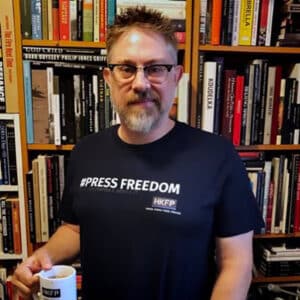Rodeo, county fair, Illinois © Ken Light/ Course of the Empire/Steidl
In an essay from Course of the Empire titled This is Not the America I Grew Up In, Ken Light writes, “I came of age in the late 1960s, and remember President John F. Kennedy’s inau...



